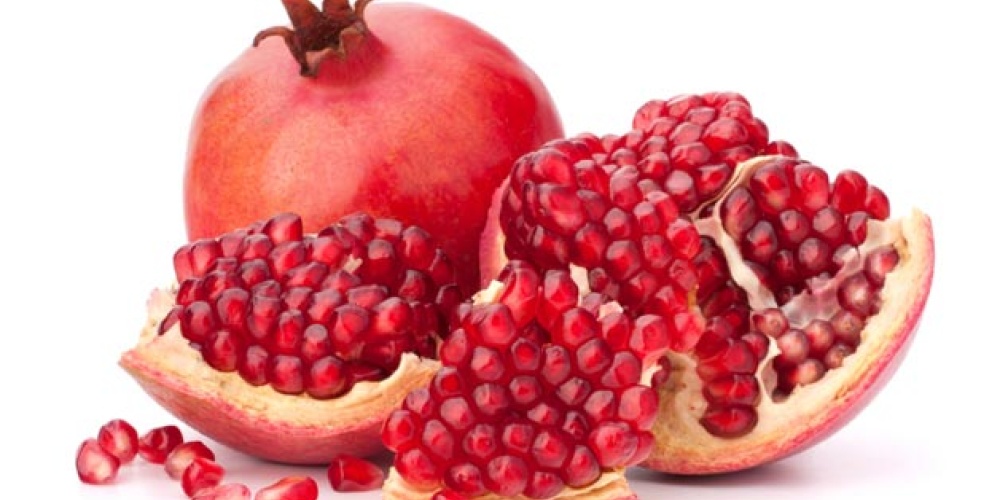|
The Jewish people had sinned, and their future stood in the balance. G-d's initial plans to destroy the people were thwarted by the intense prayers of Moshe, and it was on Yom Kippur that our covenant with G-d was reestablished. And on the very next day, the construction of the Mishkan began. But that is not the only thing happening on the day after Yom Kippur. "Vayehi meemacharat, and it was on the next day [after Yom Kippur], and Moshe sat to bring justice to the Jewish people and the people stood by Moshe from the morning to the night" (Shemot 18:13). Apparently, that first Yom Kippur had inspired the Jewish people to settle their disputes, and the lineup for resolution was very long indeed. Seeing this, Yitro advised his son-in-law to set up a tiered court system to help ensure efficient and the timely execution of justice. Even more important than Yom Kippur itself is meemacharat, the day after Yom Kippur. It is the next day that is the true reflection of how our Yom Kippur was. If nothing has changed for the better--and that change can, nay should, be quite small - "if you [try to] grab too much you will [end up to] have grabbed nothing" (Yoma 80a) --then for what purpose did we fast? It is a most beautiful coincidence that the daf yomi cycle finishes Masechet Chagigah, and with it, Seder Moed, on this, the day after Yom Kippur. Seder Moed details the myriad laws of the Jewish cycle of time, beginning with Shabbat and continuing with the various holidays--both happy and sad--during the year. Like on Yom Kippur, we focus on coming closer to G-d both physically, by celebrating in G-d's home, the Beit Hamikdash; and more importantly spiritually, in our hearts and through our actions. And like on Yom Kippur, we can only come closer to G-d by strengthening our relationship to our fellow man (see here for an elaboration). Seder Moed opens with the laws of carrying on Shabbat. But such laws are expressed through the mitzvah of tzedakah, as the opening Mishnah discusses the transfer of food from the private domain of homeowner to the (homeless?) man on the street (see here). The very last teaching of Seder Moed is that of Reish Lakish: "Poshei Yisrael, the sinners of Israel, are as full of mitzvoth as a pomegranate [has seeds]" (Chagigah 27a) [1]. What a beautiful sentiment and ending to Seder Moed! Yes, we often do not live up to our potential. We sin often and with gusto; we even sin to spite. Yet we are so full of goodness! We spent yesterday in prayer asking G-d to forgive our chataim, avonot, and peshaim. It is noteworthy that Reish Lakish chose to praise specifically poshei yisrael. A pesha is a sin done not because we derive any pleasure from it but rather, for the sake of sinning itself, often in spite and as a demonstration of rebellion against authority. But Reish Lakish--who was no stranger to sinning--reminds us that even these same poshei yisrael are full of mitzvoth. It is they--or should we say, ourselves--whom we invite to join in prayer as we begin Kol Nidrei. The fact that one identifies as a Jew after thousands of years of persecution is reason enough to sing the praises of every Jew. If a Jew rebels against many of the mitzvoth, it is only because he cares about his Jewishness. If not, he would just quietly disappear, as most have done over our history. I much prefer a rebellious Jew to an apathetic one. We have been around for 4,000 years, and there are no more than 14 million Jews in the world. That is an astoundingly low number. The vast majority of Jews have, over the course of history, simply assimilated[2]. Those of us who are left today are even fuller than a pomegranate. Many make the mistake of equating mitzvoth with ritual observance. Yet mitzvah observance is so much more. A friendly good morning, a smile, a phone call, a helping hand, an honest day's work, or a family dinner are just some of the mitzvoth so many do on a daily basis. The Jewish people truly are a wonderful people full of mitzvoth--way more than we can imagine. [1] This is likely the basis of our custom to eat pomegranates on Rosh Hashanah. [2] I can hear many arguing that our low numbers are due to persecution, pogroms, and worse. While these have greatly diminished our numbers, it does not explain the depth of those low numbers. We are just one of many generations that has an assimilation rate hovering around 50%. 19th century Eastern Europe was an exception that proves the rule. |
| Chagigah | Yom Kippur

